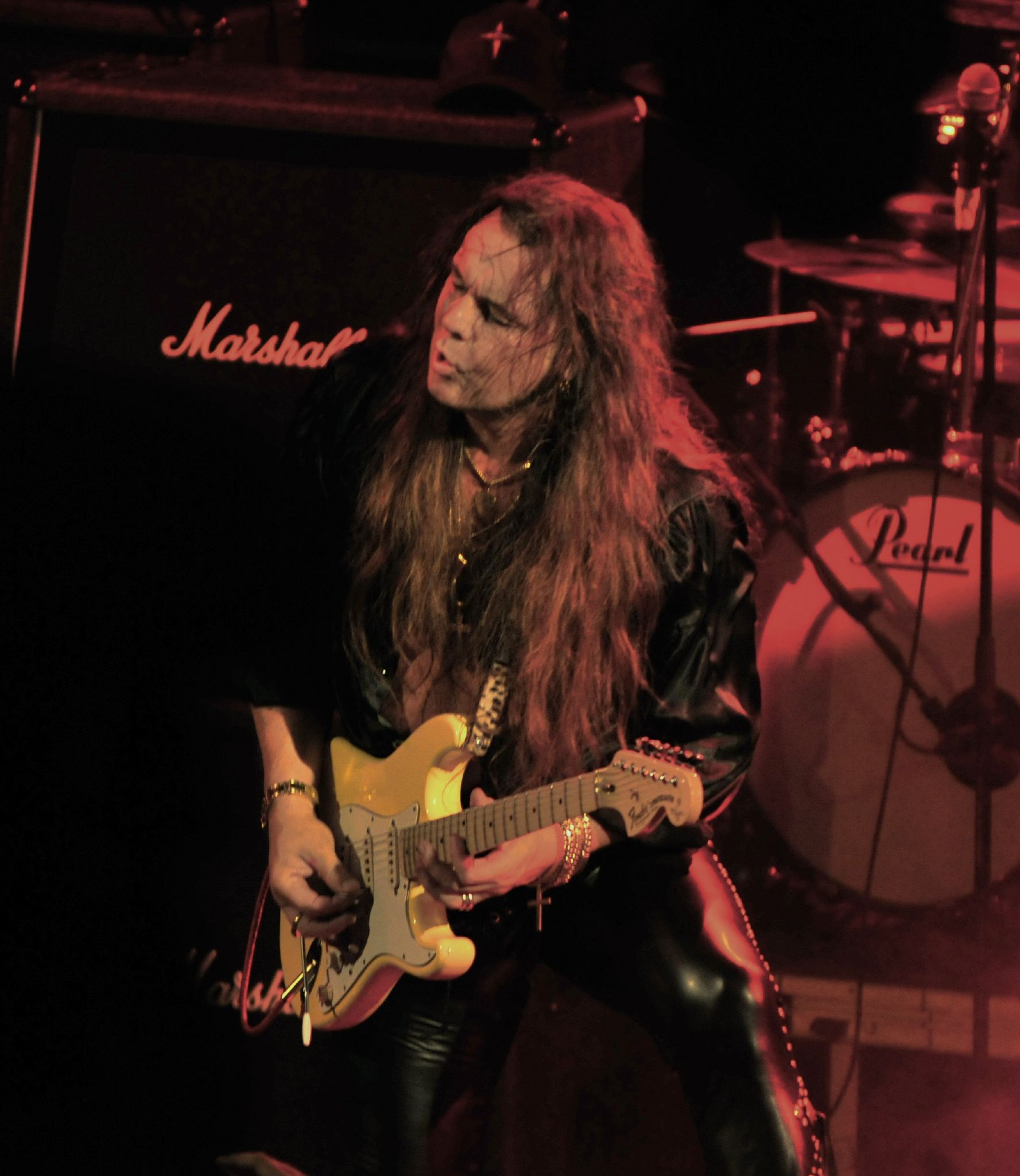100 Greatest Guitarists
They built their own guitars, stabbed speaker cones with pencils, shattered instruments and eardrums — all in search of new ways to make the guitar cry, scream, whisper, shout and moan
90. Glen Buxton
Buxton was a gifted mimic whose ability to unlock the guitar secrets of his Stones and Yardbirds 45s gave a Phoenix garage band the breathing room to develop into Alice Cooper. His dirty, elemental leads wrapped around Michael Bruce’s meaty riffs to create a legacy of exemplary hard rock.
89. D. Boon
At the time of his death, in 1985, it seemed nothing was out of reach for Boon. The forty-three songs on the Minutemen’s masterful Double Nickels on the Dime ventured thrillingly into free-jazz dissonance, up-tempo country, helter-skelter funk and dense experimental rock.
88. Dave Davies
Davies’ guitar was the dynamo that drove the Kinks. Brash, aggressive and entirely unforgettable, his chord progressions on their early hits have become a rock & roll rite of passage for any aspiring guitarist; “You Really Got Me” has alone launched countless garage bands.
87. Joan Jett
Lead guitarists gave rock its icons; rhythm players gave it soul. The line runs from Eddie Cochran to Pete Townshend to Johnny Ramone, a lineage in which Joan Jett should not be taken lightly. In the early Runaways and the later Black-hearts, she played it straight ahead: No frills, all heart, no fucking around.
86. Tommy Iommi
Heavy, really heavy, starts here. While others were spinning solo stairways to the stars, the left-handed Iommi went in the opposite direction. Black Sabbath took rock’s simplicity and simplified it even further. The occasional minor chord and a low, rumbling tone added to a guitar sound dripping menace and foreboding.
85. Randy Rhoads
In 1980, Ozzy Osbourne hired the diminutive, classically trained twenty-three-year-old Rhoads from Santa Monica, California, away from Quiet Riot. His screeching, arpeggiated solos on “Crazy Train” introduced the one true contemporaneous peer of Eddie Van Halen. Were it not for his 1982 demise in a plane crash, his already enormous influence on metal-guitar playing would have increased a hundredfold.
84. Eddie Cochran
He became a rockabilly star at nineteen, in 1957, and died at twenty-one. In between, his itchy, aggressive strum of fat, irresistible rhythm figures was a mighty weapon that could be wielded to battle authority (“Summertime Blues”), rally the troops (“C’mon Everybody”) or summon some lovin’ (“Somethin’ Else”). “Summertime Blues,” Somethin’ Else (1998).
83. Neil Young
The haunting, delicate clarity of Young’s acoustic playing should not be underestimated. But it’s on electric that he has staked his claim to ragged glory. A restless experimenter, he returns without fail to simple melodies, bludgeoning chords and a savant’s knack for transforming the most obvious music into something revelatory.
82. David Gilmour
Roger Waters gave Floyd conceptual weight and lyrical depth, but Gilmour brought drama. His solos exuded a slow-burn stateliness that could be soulful (“Comfortably Numb”) or evoke sci-fi dreamscapes (“Echoes”) first glimpsed by the man he succeeded, acid casualty Syd Barrett.
81. Derek Trucks
Trucks hit the road with his first band at age twelve. Now twenty-four, he does double duty as guitarist with the Allman Brothers Band and leader of the jazz-tinged Derek Trucks Band. He’s a fluid slide guitarist who moves easily between Southern rock, reggae, gospel, jazz and African music.





